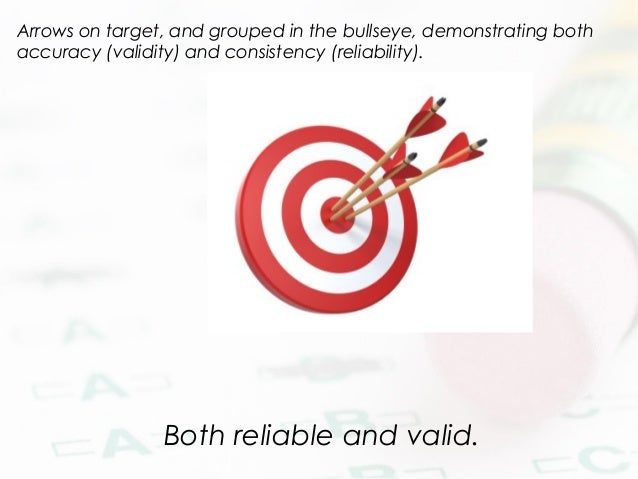
There is then a need for a model of the determinants of performance in the specific sport and for valid and reliable methods to test those. The first step is specifying the impairment types eligible for a specific sport and developing valid measures of the relevant impairment. Citation2014 International Paralympic Committee Citation2016).Ĭonducting research to establish the performance–impairment relationship in parasport (any sport for people who have a disability) is a multistage process (Tweedy et al. The understanding of this performance–impairment relationship must be based on sport and impairment-specific research evidence (Tweedy and Vanlandewijck Citation2011 Tweedy et al. It is therefore now a requirement of the International Paralympic Committee (IPC International Paralympic Committee Citation2015) that classification be based on the understanding of the relationship between a specific eligible impairment and performance in a specific sport.

However, this approach does not account for how impairment can impact performance differently across sports. In the past, this classification process has been based solely on the nature of the impairment.

In Paralympic sport, athletes are grouped into classes with the aim of minimising the impact of eligible impairments on the outcome of competition (Tweedy and Vanlandewijck Citation2011).


 0 kommentar(er)
0 kommentar(er)
